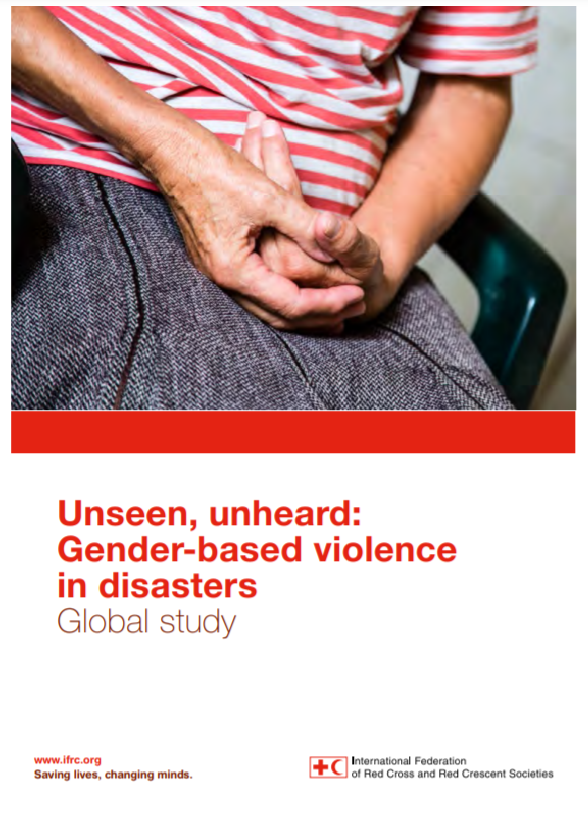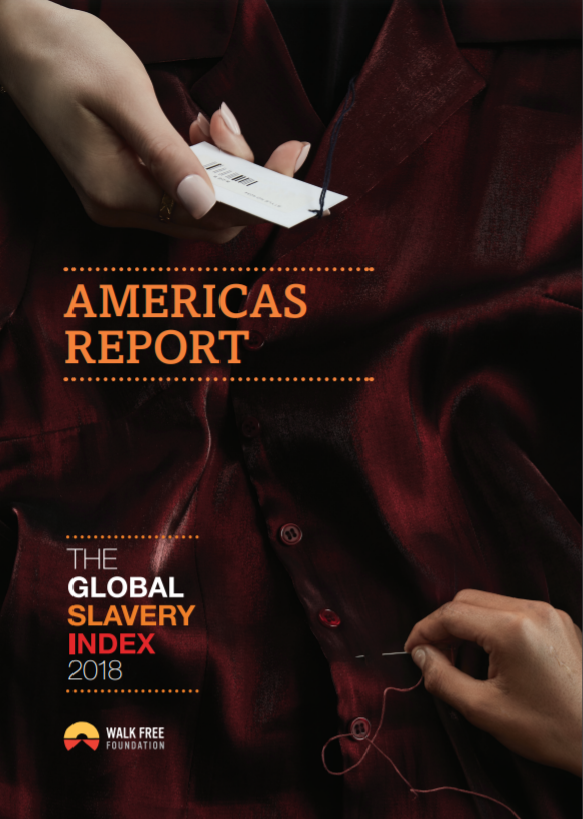Measurement Action Freedom. An Independent Assessment of Government Progress Towards Achieving UN Sustainable Development Goal 8.7

At the UN level, progress towards the SDGs is measured by a global indicator framework and Voluntary National Reviews, where governments report on their own activities against these indicators. This approach is hampered, however, by the lack of indicators on all forms of moden slavery under SDG 8.7, as well as the voluntary nature of this reporting. Without clear indicators to measure progress toward the 2030 goal, governments are not able to report systematically and consistently, nor can they be held to account. In the absence of official indicators, this report, Measurement, Action, Freedom, provides an independent assessment of 183 governments and their responses to the challenge of modern slavery. In it, governments are assessed against their ability to identify and support survivors, to establish effective criminal justice systems, to strengthen coordination mechanisms and be held to account, to address underlying risk factors, and to clean up government and business supply chains, all in order to eradicate modern slavery. The findings shine a light on those taking strong action, identify those that are lagging, and highlight the activities that should be prioritised.
Country
Worldwide
Region
Worldwide
Year
2019
Topics





